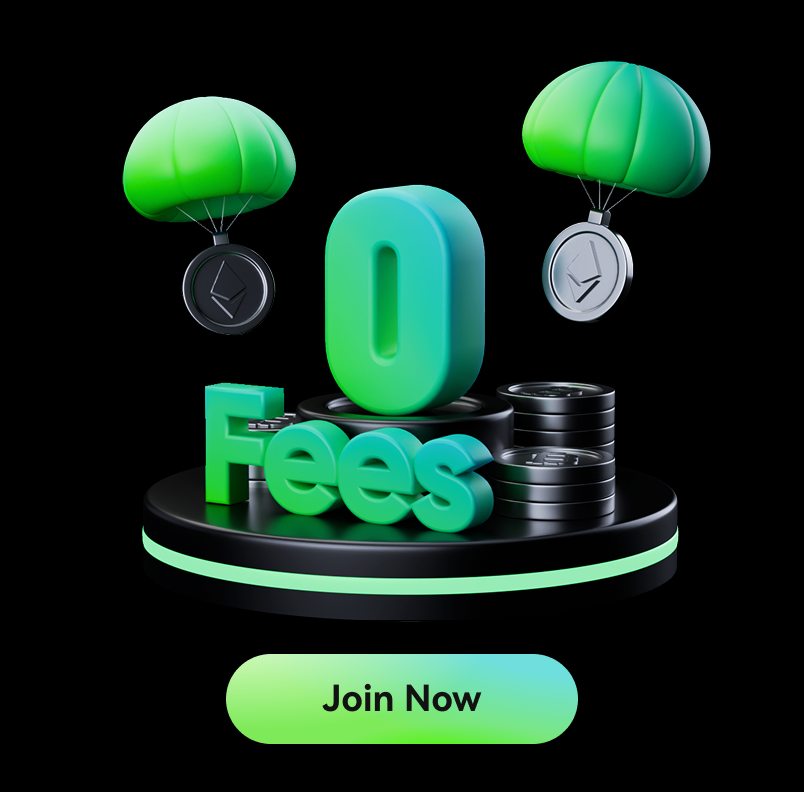Social media is flooded with controversy, from money-making algorithms to spying allegations. The general lack of content regulation is proving problematic, with general misinformation on the rise across platforms including Facebook. In the search for an alternative option that provides quality content yet doesn’t exploit users for profit, developers on the Steem blockchain developed Steemit.
What Is Steemit and Steem Coin?
Steemit was the first decentralized application (DApp) built on the social blockchain, Steem (STEEM). It was created and launched in 2016 and remains Steem’s most popular DApp, with over a million users. Its main function as a social network platform is to incentivize user participation and contribution of original, quality content through financial rewards in the form of cryptocurrencies.
Steemit has a wide variety of content, from crypto-related news and blogs to photography posts and personal blogs. It categorizes communities according to interest, meaning that the information is easily viewable. Interactions through comments, upvotes, and downvotes are also encouraged through rewards.
Content on the Steemit platform is completely transparent, with every user able to see the amount that the post is worth, judging by the amount of upvotes and the creator’s influence. In addition, users can see all the comments and can join conversations accordingly. As an international, decentralized platform, interaction and posting can be done in many languages. There is currently a relatively large Korean audience.

Posts on Steemit are international and transparent. (Source: steemit.com)
How Does Steemit Work?
Steemit is built on various fundamental components to maintain its security and speed. Some of these are:
- Steem blockchain: The Steem blockchain is an open source blockchain that is one of the fastest and most transacted blockchain in the world. It currently processes more transactions than both Bitcoin (BTC) and Ethereum (ETH) combined. In addition, it’s the only blockchain that can handle social applications at scale. It can also power real applications via social DApps, like Steemit.
- 3-second blocks and Delegated-Proof-of-Stake (DPoS) algorithm: Through the Steem blockchain’s algorithms and block times, Steemit is able to offer some of the fastest transaction times of any blockchain — 3 seconds. Intelligent bandwidth allocation allows those transactions to be Using a DPoS consensus algorithm also means that it is less polluting than DApps on blockchains that use Proof-of-Work (PoW) mining.
- Proof-of-Brain (PoB): The Steemit platform uses PoB to allocate rewards to content providers. This works through upvotes, as users use their brains to decide which content they like and then upvote it. The more upvotes a post has, the higher reward it will receive.
- Smart Media Tokens (STMs): The STM is a token protocol that allows for the launching and selling of PoB tokens on the Steem blockchain’s DApps. It works in a similar way to Ethereum’s ERC-20 token protocol, except that it also enables content businesses to leverage tokens by creating incentives between users and applications. STMs can be used with real websites and applications because, unlike ERC-20 tokens, STM tokens have transaction times that are in sync with real-time websites. It should be noted, however, that SMTs are currently live on a testnet, and are not yet on the mainnet.

The Steem blockchain processes the most transactions of any other. (Source: Steem.com)
What is the STEEM Coin?
In addition, the Steemit DApp uses different cryptocurrencies for different functionalities:
- STEEM Coin: STEEM is the Steem protocol’s native token. On Steemit, it can be earned by posting, commenting, or upvoting content. In addition, it can be deposited, traded, or withdrawn at any time.
- Steem Power (SP): When STEEM is staked, it is “powered up” to become SP. The more staked STEEM a user has, the more power and influence they have on the platform. With increased influence comes stronger voting rights and higher rewards. Users can vote for “witnesses” who are the delegators in the DPoS overseeing the blockchain. To gain more SP, a content creator can choose to be rewarded in SBD and SP (50% and 50%), or they can buy liquid STEEM and power it up to SP. To convert SP back into STEEM, the user will simply “power down” their tokens. This process takes four weeks, with users receiving a quarter of their SP back as liquid STEEM each week.
- Steem Dollars (SBD): The Steem dollar was originally designed to be a stablecoin pegged to the value of the US Dollar, with $1 SBD equalling $1 USD. However, SBDs do fluctuate with the market and so are not consistently pegged.

STEEM rewards are determined via PoB upvotes. (Source: steemit.com)
How Can I Make Money on Steemit?
To make money on Steemit, users should:
- Create a full and engaging profile.
- Post quality content to be rewarded with STEEM.
- Increase reach by using tags and posting in the right communities.
- Interact with posts through commenting and upvoting.
- Increase Steemit influence by buying more STEEM and powering up to SP. Influence allows a user to increase posting, commenting, and voting. These actions require having SP in your Steemit wallet.
- Take part in Steemit contests and challenges.
- Offer yourself skills as a freelancer to the platform
- Buy STEEM and power it up to SP to then lease/rent it out. You will be paid a rental fee in STEEM, while the renter will receive the benefits of having SP.
The Team Behind Steemit and the Hostile Takeover with Justin Sun
Ned Scott and blockchain developer Dan Larimer launched Steemit as the first app on the Steem blockchain. They did this at a time when STEEM tokens were being mined through a Proof-of-Work (PoW) consensus algorithm. They were members of Steem.Inc, and soon owned a disproportionate amount of STEEM through early mining. This gave them a bigger influence and stronger voting power than anybody else on the blockchain.
After a falling out, Dan Larimer was pushed out of the Steemit team and went on to found other DApps, including Voice on the EOS blockchain. This left Ned Scott as CEO of Steemit and owner of Steem.Inc. However, despite keeping Steemit decentralized by never using his enormous voting power to sway developments, Scott was criticized for not communicating with the Steemit community and for his general inactivity. With the 2018 crypto crash Steemit turned bearish and soon found itself at new lows. With user confidence low and the market in a bearish trend, Steemit did not recover and in 2020 it was sold to the founder of TRON (TRX), Justin Sun.
What is the Future of Steemit?
As the new owner of Steemit, Justin Sun now had control of Steem.Inc’s vast amount of STEEM tokens and voting power. This became problematic as many saw Sun as only being interested in the power and economic benefits that could come from Steemit, and not being interested in the platform itself. To counter any possible moves from Sun that could lead to centralization, Steem’s witnesses performed a reversible soft fork on the Steem.Inc stake so that it could not be used to vote for witnesses. Seeing this as an attack, Sun retaliated by using his stake to vote for new top witnesses. In DPoS, witnesses or delegators have more voting power based on how many votes they received.
Read More
- What Are Steem (STEEM) and DTube? – Decentralized Social Media in Action
- What is Staking: PoW vs. PoS Explained
- What is Cryptocurrency & How It Differs From Digital Cash
- What Are Decentralized Applications (dapps)?
- What is Cryptocurrency & How does it Work?
- What is Staking in Crypto & How does it Work?
- What is Decentralized Social Media
- What is Blockchain Technology: The Biggest Misconception About It










